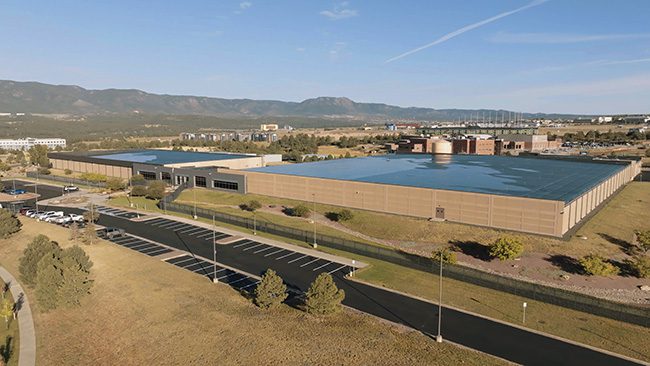Leveraging the ‘Electrification of Everything’ to Reduce Carbon Emissions
This commentary from Siemens USA notes how the push for electrification promotes cleaner energy, sustainability, and efficiency.
The “electrification of everything” is underway to not only decarbonize, but also support optimized, safer and more resilient processes and systems. This concept means that we are replacing our fossil fuel economy with wind, solar, hydro, electric vehicles (EVs), heat pumps, and more. This transformation will be made possible—at scale—with the application of digital technologies. However, the challenge arises to electrify everything before the grid is fully “green” if we are going to appropriately and effectively address climate change.
COMMENTARY
From electrifying buildings and vehicles, and navigating the impact to the grid, the technology to accomplish a fully electric transformation is available today. And now’s the time to utilize these technologies to ensure that everything that can be connected to the grid is electrified. We’re running parallel races to transition power generation to renewable sources, improve the grid to manage those sources, and replace infrastructure that’s ready to use the power delivered to it.
Electrification of Transportation
An exciting and rapidly advancing industry transformation is the electrification of transport. According to Car and Driver, 2024 is expected to set a new record for EVs sold and their share of the total market. Further, the EV market is projected to have a compound annual growth rate of about 10% projected through 2028, leading to more than $900 billion in sales that year.
As the need to reduce carbon emissions has become clear, we’re seeing unprecedented support and funding from the federal government to deploy EV infrastructure. State and local governments are increasingly developing standards to require the manufacturing and sale of EVs.
Ford debuted an electric version of its popular F-150 truck with the F-150 Lightning. The Ford Charge Station Pro is needed to enable Ford Intelligent Backup Power, a system that allows the Lightning to become an interactive part of the home and be used as a power generation source. Ford Intelligent Backup Power utilizes bidirectional power technology to provide energy and security to customers’ homes in the event of a power outage. While bidirectional charging technology has been a concept for some time, this is the first time we’re seeing it implemented at this scale.
Siemens eMobility worked with Ford on its Charge Station Pro. The new charge station features a peak power of 19.2 kW, achieving the maximum power rating currently available for a Level 2 charge station. Additional features will be available with firmware updates to the charger that will help customers interact even further with the grid.
Electrification of Buildings
Smart buildings also are on the rise. Buildings account for nearly 40% of energy-related CO 2 emissions annually. Utilizing advanced technologies, buildings can be smart, safe, and carbon neutral—capable of capitalizing on data to meet sustainability and efficiency targets. With grid edge technology, smart buildings can support reliable green energy electromobility growth by leveraging the capabilities of automation and monitoring systems.
Up to 50% of any given building’s energy is wasted. But utilizing smart building technology can ensure that the infrastructure consumes only the energy that it absolutely needs. Implementing smart technology reduces the emissions footprint of our existing built environment, and by reducing energy consumption supports the increasing power demand necessary to support the transition to electrification, particularly in data centers.
 |
|
1. Novva Data Centers has upgraded the technology at its data centers to improve sustainability and reduce downtime. Courtesy: Novva Data Centers |
Novva Data Centers owns and operates state-of-the-art wholesale and multi-tenant co-location data centers (Figure 1) in Utah, Colorado, and Nevada. When it acquired an existing facility, Novva needed to upgrade its technology to meet the company’s sustainability goals. A key step was migrating from water cooling to air cooling; however, this upgrade would require a more sophisticated control system, which Siemens supported through its technology that allows control of both water and air-cooling operations. The controllers are set up in a flat architecture, which improves redundancy. That means that if one chiller faults, the other three can adjust to keep the facility at the right temperature and avoid overheating. In the first 18 months since the controls were installed, the facility has had zero downtime—and Novva is saving 2 million kWh of energy.
Many companies have recognized the business case for sustainability and energy efficiency. The commitment to net-zero operational emissions stems from the recognition that corporations have a responsibility to accelerate decarbonization and address the causes of climate change now.
Electrifying existing and new infrastructure is an investment in the future of our businesses and our world. This is the moment for sustainability in the U.S.—and, optimistically, our decarbonization goals can be achieved with technologies available today. By transitioning to an electrified future and digitizing our infrastructure, we will increase competitiveness and improve our impact on future generations.
—Matt Helgeson is head of Sustainability for Siemens USA.